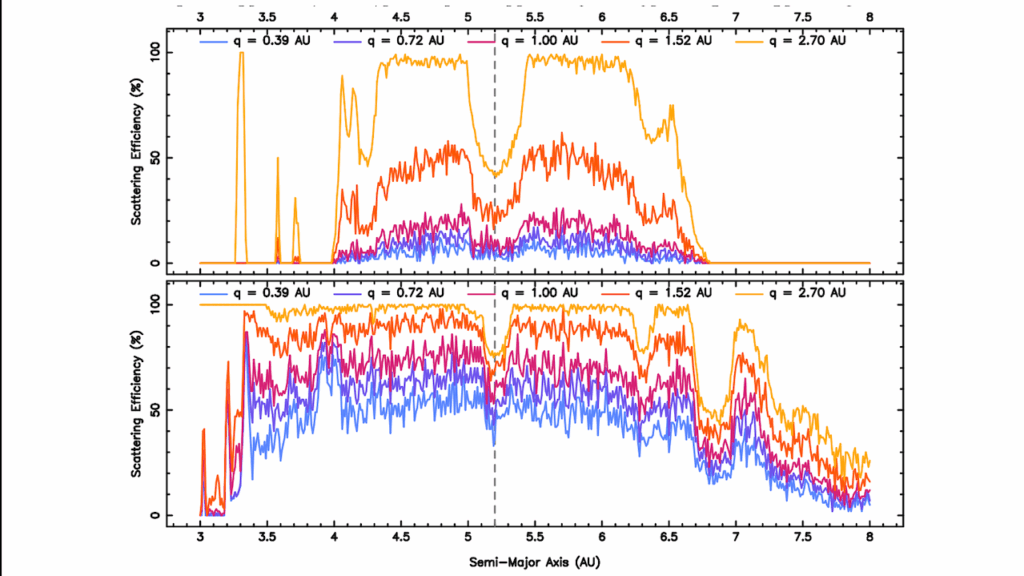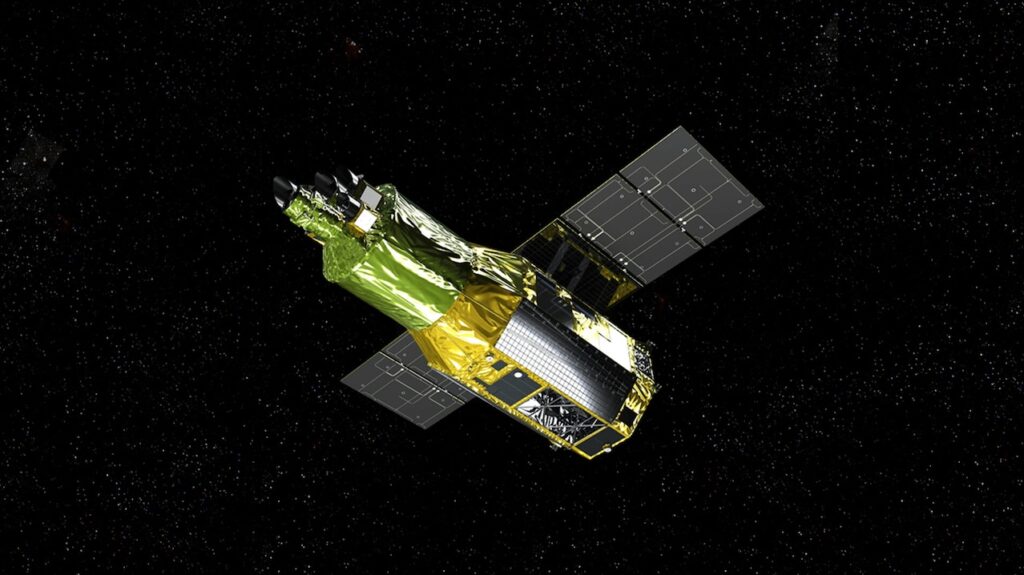Hic Sunt Dracones: Uncovering Dynamical Perturbers Within the Habitable Zone

The continuing exploration of neighboring planetary systems is providing deeper insights into the relative prevalence of various system architectures, particularly with respect to the solar system.
However, a full assessment of the dynamical feasibility of possible terrestrial planets within the Habitable Zones (HZ) of nearby stars requires detailed knowledge of the masses and orbital solutions of any known planets within these systems. Moreover, the presence of as yet undetected planets in or near the HZ will be crucial for providing a robust target list for future direct imaging surveys.
In this work, we quantify the distribution of uncertainties on planetary masses and semi-major axes for 1062 confirmed planets, finding median uncertainties of 11.1% and 2.2%, respectively.
We show the dependence of these uncertainties on stellar mass and orbital period, and discuss the effects of these uncertainties on dynamical analyses and the locations of mean motion resonance.
We also calculate the expected radial velocity (RV) semi-amplitude for a Neptune-mass planet in the middle of the HZ for each of the proposed Habitable Worlds Observatory target stars.
We find that for more than half of these stars, the RV semi-amplitude is less than 1.5 m/s, rendering them unlikely to be detected in archival RV data sets and highlighting the need for further observations to understand the dynamical viability of the HZ for these systems.
We provide specific recommendations regarding stellar characterization and RV survey strategies that work toward the detection of presently unseen perturbers within the HZ.
Stephen R. Kane, Jennifer A. Burt
Comments: 13 pages, 3 figures, 1 table, accepted for publication in the Astronomical Journal
Subjects: Earth and Planetary Astrophysics (astro-ph.EP)
Cite as: arXiv:2410.10969 [astro-ph.EP] (or arXiv:2410.10969v1 [astro-ph.EP] for this version)
https://doi.org/10.48550/arXiv.2410.10969
Focus to learn more
Submission history
From: Stephen Kane
[v1] Mon, 14 Oct 2024 18:00:32 UTC (245 KB)
https://arxiv.org/abs/2410.10969
Astrobiology








